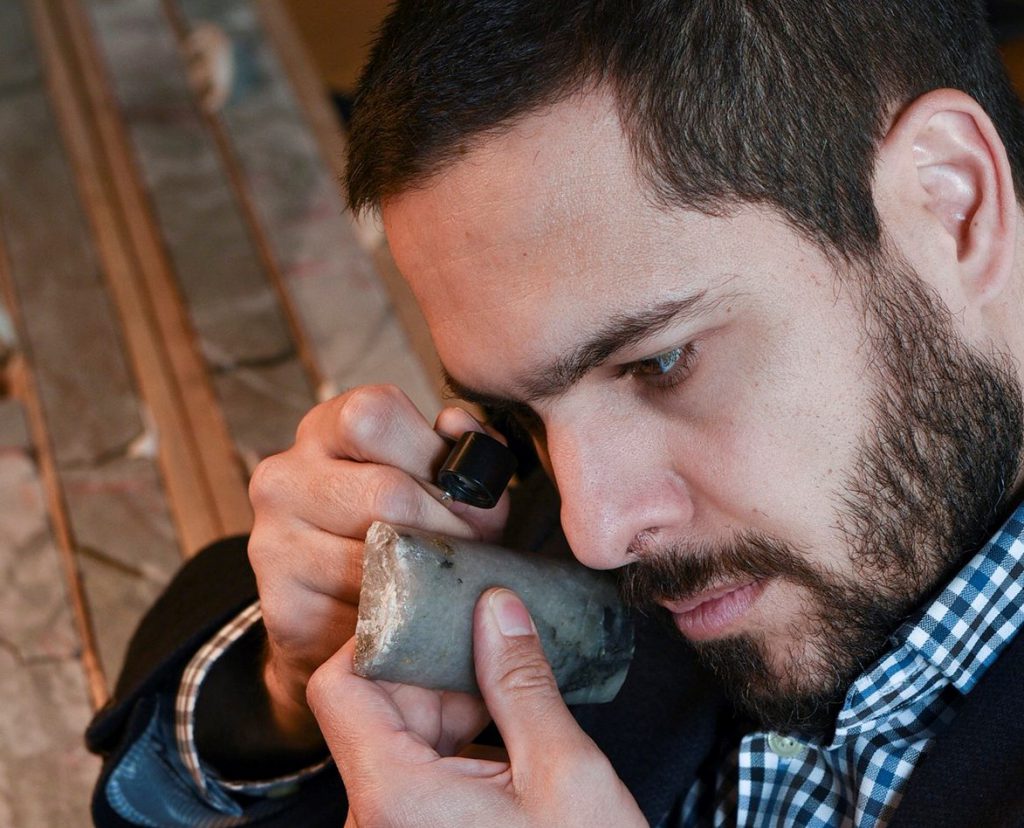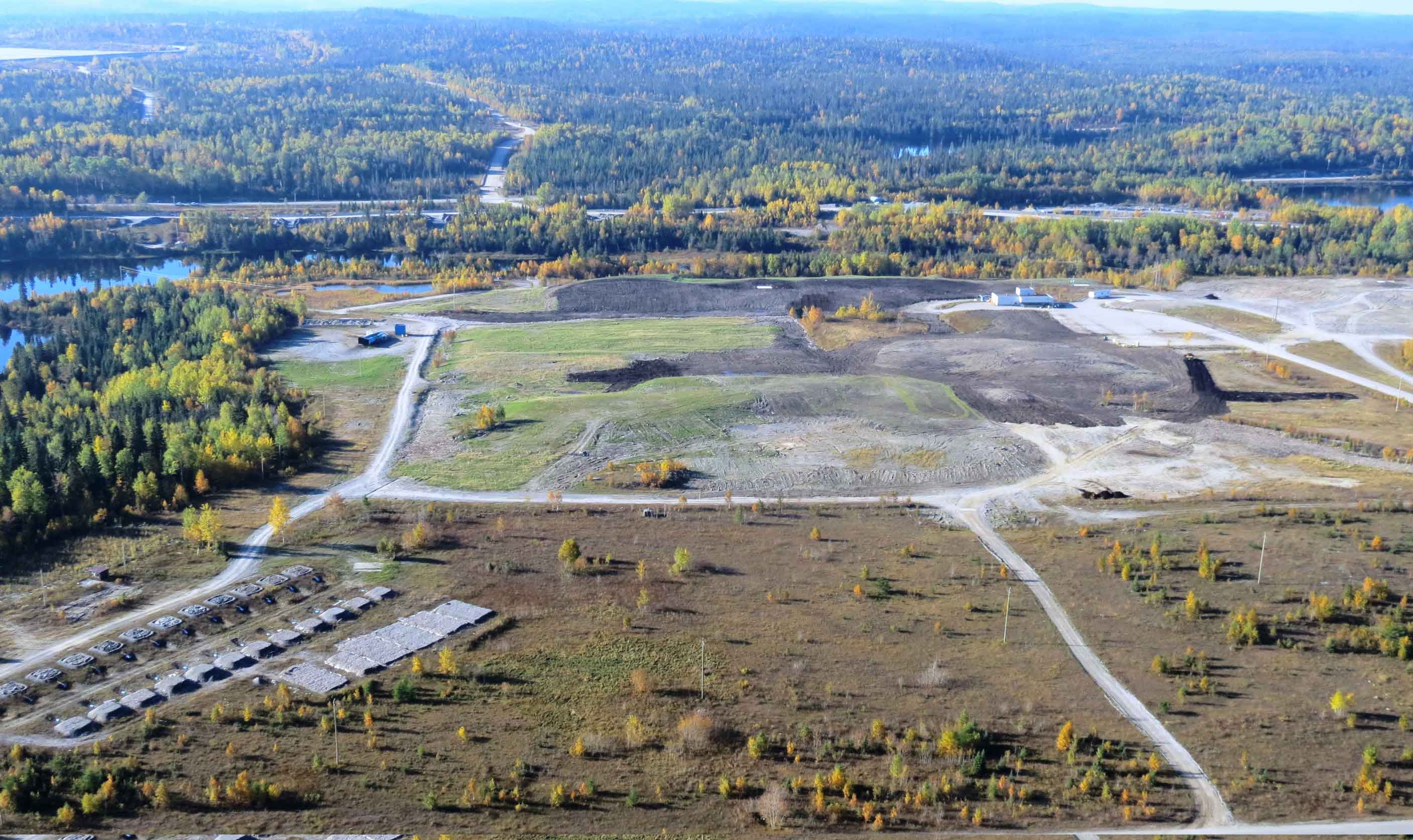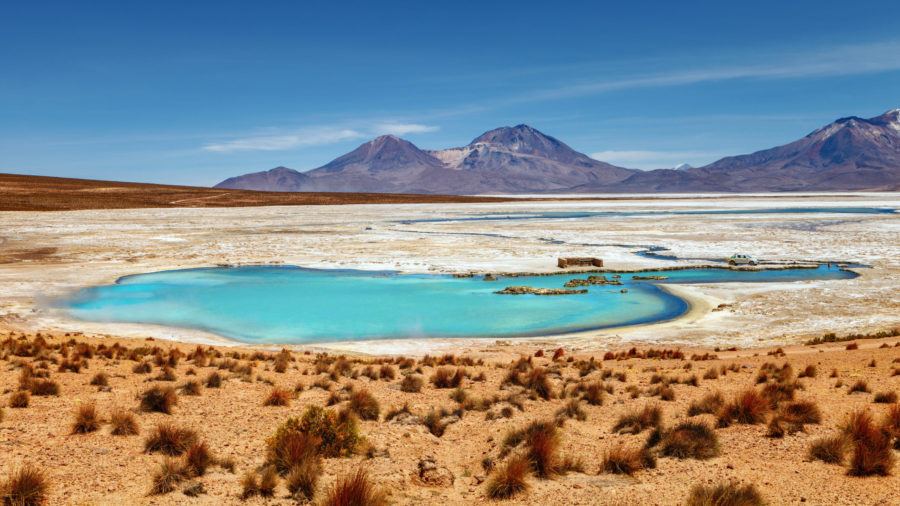INTERVIEW: Chris Taylor, CEO, Great Bear Resources

What have been the main milestones achieved by Great Bear Resources (GBR) in the last six months?
We completed a C$20 million raise in November 2019, and we just completed a C$33 million raise in June 2020. With over C$50 million in the bank, we will have enough capital to drill and advance the Dixie project well into 2022. We have also had a series of really nice drill results from the project; expansion, fill-in and step downs below the existing zones showing high grade gold over many km strike length. The Dixie project has turned into what is widely regarded as one of the largest gold discoveries of recent years. GBR’s share price has responded accordingly, moving from C$6 in November 2019 to C$18 in July 2020.
What have been the standout exploration highlights from Dixie, and what have you discovered about how the mineralization develops at depth?
Generally, in the Red Lake area the gold zones get better as they go down to depth, and this is a pattern we are seeing consistently at Dixie as well. We did the first deep drill hole (1,008 m) into one of the original zones that we knew about when we acquired the project five years ago, which has given us our widest and highest intercept so far. The intercept included 19 m of 10.19 grams g/mt, including some very high-grade gold multi ounce (68.59 g/mt gold over 2.65 m) in the middle of the zone. It shows us that the Dixie Limb zone, the Hinge zone and the LP Fault have very good prospectivity at depth, and we are seeing consistent high-grade gold mineralization, with 100 g/mt intercepts repeated over many km.
Do you expect to publish the maiden resource for Dixie next year?
The current 110,000 m, 300-hole program will be finished by about the end of December 2020, and by the middle of 2021, we expect to publish the initial inferred resource. The LP Fault is one of the largest gold targets in Canada considering strike length and depth potential and it behooves us as a company to show what a discovery of this magnitude can deliver. Drilling is key to put meat on the bones. Exploration highlights are important, but showing continuity and grade over distance is the real target here.
Can you explain the reasoning behind creating the Great Bear Royalties Corp spin out?
There are some great precedents in Canada for creating royalty vehicles off of major assets, the standout being Osisko Gold Royalties with the Canadian Malartic mine. In terms of size, that one is similar in dimensionality to what we have at Dixie; about a 12 million oz deposit but at a much lower grade to what we have. The royalty is a 2.0% net smelter return (NSR) agreement that we created to make sure that we had a way to benefit our shareholders for future production benefits. We made sure when we purchased the project that we bought out the existing royalties on it early on, which is so unusual in this business. There are no independent junior companies with an asset of this scale on a 100% owned property.
On May 26th, GBR entered into an exploration agreement with the Wabauskang and Lac Seul First Nations. How important is this step in the long-term development of the project?
As well as the non-indigenous community of Red Lake where a lot of GBR’s geotechs and workers come from, we also work closely with the Wabauskang (WFN) and now the Lac Seul (LSFN) First Nations, which are near the Dixie project. We have been working with chief Doug Riffle of the WFN for over three years now. He has a business on the reserve that produces core boxes for our drilling activities. In addition to being business partners, the new agreement will lay a foundation of traditional knowledge and environmental stewardship, so we will be able to keep tabs on the impact of the Dixie project with the local communities. This is very important from a permitting perspective moving forward, and both the WFN and LSFN have been great to work with, so we welcome their continued involvement.
The Red Lake camp is a very well-drilled area. What has GBR done differently to those that have explored there in the past?
Honestly, what we did differently was to not care what everybody else was doing, as we were confident in our ability to figure out the geological system. We did not cut any corners; we did oriented drill core, assay holes top to bottom, and followed the gold. Because we did not have preexisting ideas, we realized the LP Fault target is in the wrong rocks for Red Lake. Everybody else was drilling holes into the package but not assaying them, despite getting high-grade visible gold hits. GBR’s approach is to think independently and let the gold and the science drive the exploration program.
What would you like to achieve by the summer of 2021?
I would like to see GBR become significantly larger as a company by mid-2021, as we do not have to raise any more money in that timeframe. The value of the company is a lot lower than what I am seeing from the data, and we have to prove that thesis with the drill core. By June 2021, we should have 500 drill holes in addition to what we currently have, as part of one of the largest exploration campaigns in the world. This will take the pixelated view of the project we have now and turn it into something which is high definition. Once we see the way the high-grade gold and all the other surrounding gold is held together, it will become an even more compelling story.
(This article first appeared in the Global Business Reports)
More News
{{ commodity.name }}
{{ post.title }}
{{ post.date }}



Comments